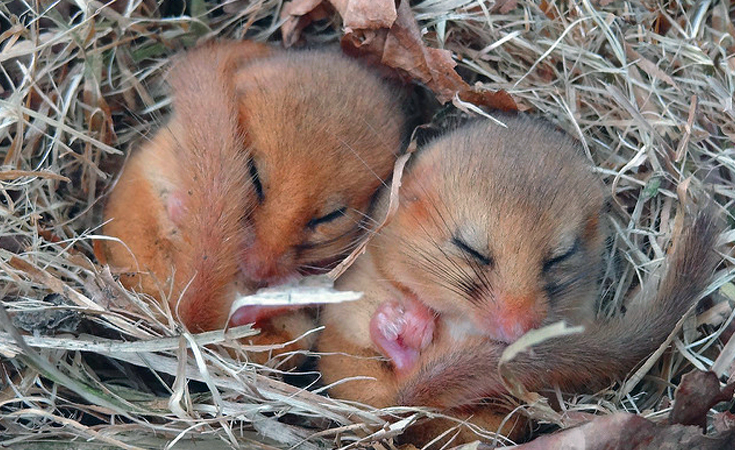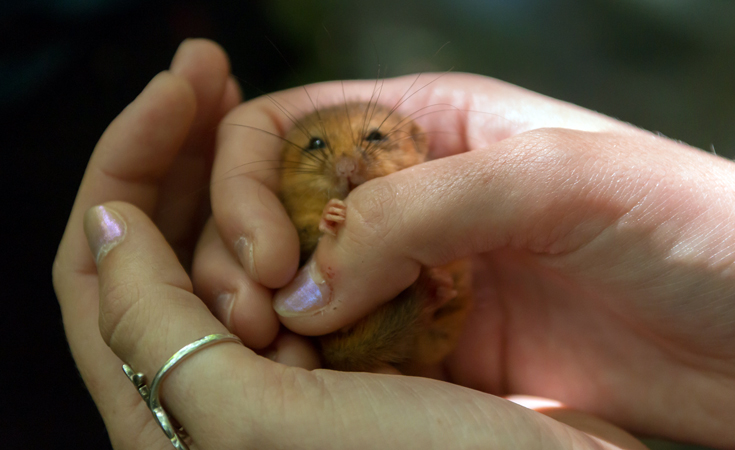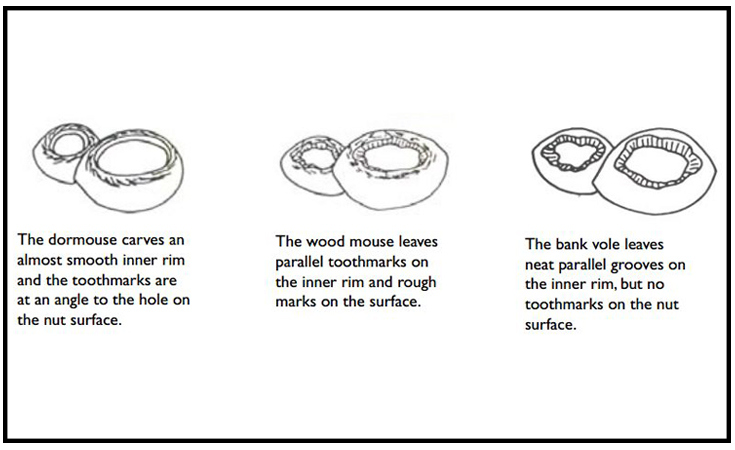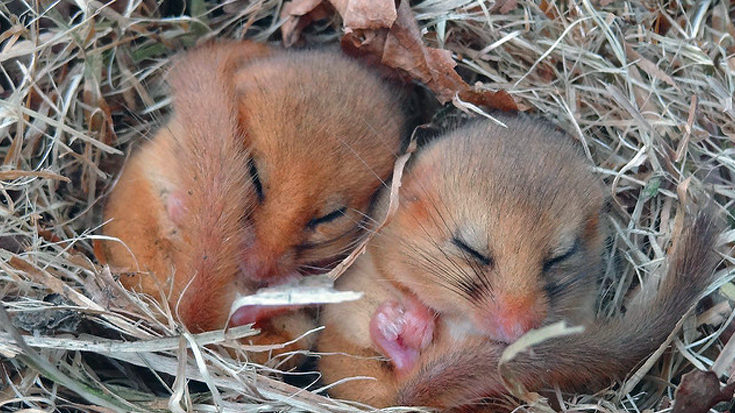Several of our clients have recently commissioned survey work for hazel dormice to ensure that they comply with UK and European legislation that protects the species. So, when planning your development project, early attention to the habitat potential on site can save you time and money and protect a species. Here we share five tips and facts on the hazel dormouse to consider when project planning.
By name, by nature

Dormice spend much of their life either hibernating, sleeping or in torpor (a state of physical or mental inactivity). Their name is a testament to their sleepy nature, derived from the French word ‘dormir’ – which means to sleep.
Protected species
Hazel dormice are protected by both UK and European legislation. It is an offence to deliberately capture, injure or kill them or to damage, destroy, disturb or obstruct their resting place.

Dormice are among the most ancient rodent species. Hazel dormice have been present in the UK since the last ice age. However, despite once being widespread they are now in serious decline.
Watch where you walk
Hazel dormice are one of only three British mammals that truly hibernate. The others are bats and hedgehogs. From around October to April, hazel dormice hibernate in nests beneath the leaf litter on the forest floor or in the base of hedgerows, where the temperature is more stable.
Before you start digging…
The Dormouse is one of Britain’s most endangered mammals. Their greatest threats are the removal or inappropriate management of hedgerows and woodland. Where potential hazel dormouse habitat, such as woodland, hedgerow and scrub are present on a site, particularly within the known range of dormice, surveys should be undertaken to determine their presence or likely absence.
Crunch time

Wood mice, bank voles and hazel dormice all feed on hazelnuts by gnawing a round hole in the shell. By examining the tooth marks left on chewed nuts you can determine which animal has been eating them. Searching for chewed nuts is one of the survey techniques we use during dormouse surveys.
How we can help you
We have a team of experts in habitats and ecology that can conduct preliminary ecological appraisals, dormouse surveys, and help you mitigate against running into any delays on your project when it comes to dormice and other species.
Our teams can carry out gnawed nut searches, nest tube surveys and vegetation clearance at certain times of the year – all with the necessary legislative compliance required for protected species like the dormouse.
If you suspect your development site could be a habitat for dormice, or find a dormouse on the ground during works, give us a call on
01483 466000 and we’ll advise you on how to proceed.











